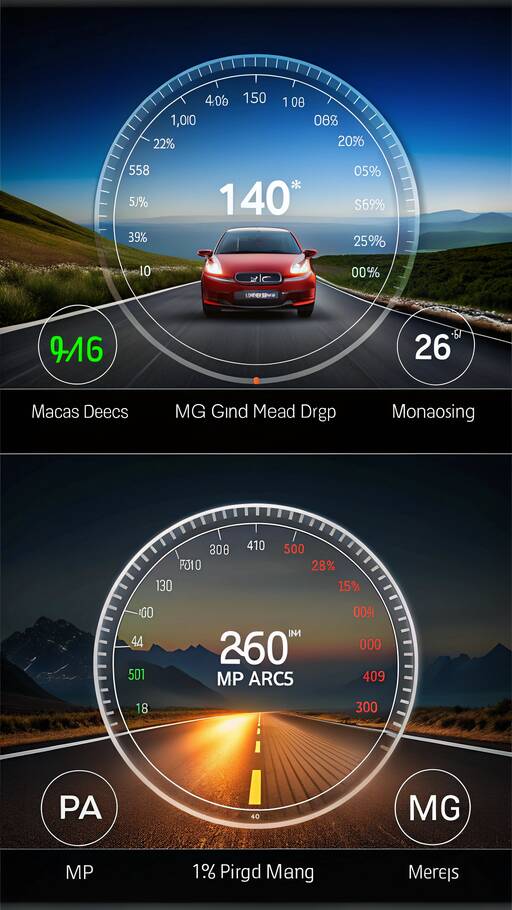
- Economy (MPG): Indicates how far your car can travel per unit of fuel.
- Consumption (liters/100km): Shows the actual amount of fuel used over a distance, providing more straightforward insights.
- Extra Fuel Usage: Accessories like roof racks or underinflated tires can increase fuel use. Knowing your consumption in liters per 100km helps you understand the impact.
- For example, two bikes on a car rack at 62 mph lead to an additional consumption of 1.4 liters/100km.
- On a 1,000-mile journey (1,600 km) from London to Scotland, this would mean an extra use of 22 liters, costing an extra £33 in fuel.
- Complex Calculations: MPG involves reciprocal values, complicating calculations.
- For instance, 1.4 liters/100km is equivalent to about 201 MPG, which can be challenging to convert into practical terms.
- Cost Per Mile: Using liters per mile makes calculations simpler. Multiply by the extra mileage for cost insights.
- Car Selection: Higher consumption rates directly show higher fuel costs, helping with decision-making.
- Measurement Preference: Consider using liters per 100 miles for simplicity.
- Example: A 35 MPG car equates to about 13 liters per 100 miles.
- Cultural Context: Even though metric systems are prevalent, UK drivers often find miles more relatable.
Transitioning from MPG to a consumption-based measure like liters per 100 miles can simplify understanding and calculating real fuel costs. This shift offers clearer insights into the true cost and efficiency of driving, enabling drivers to make more informed decisions.